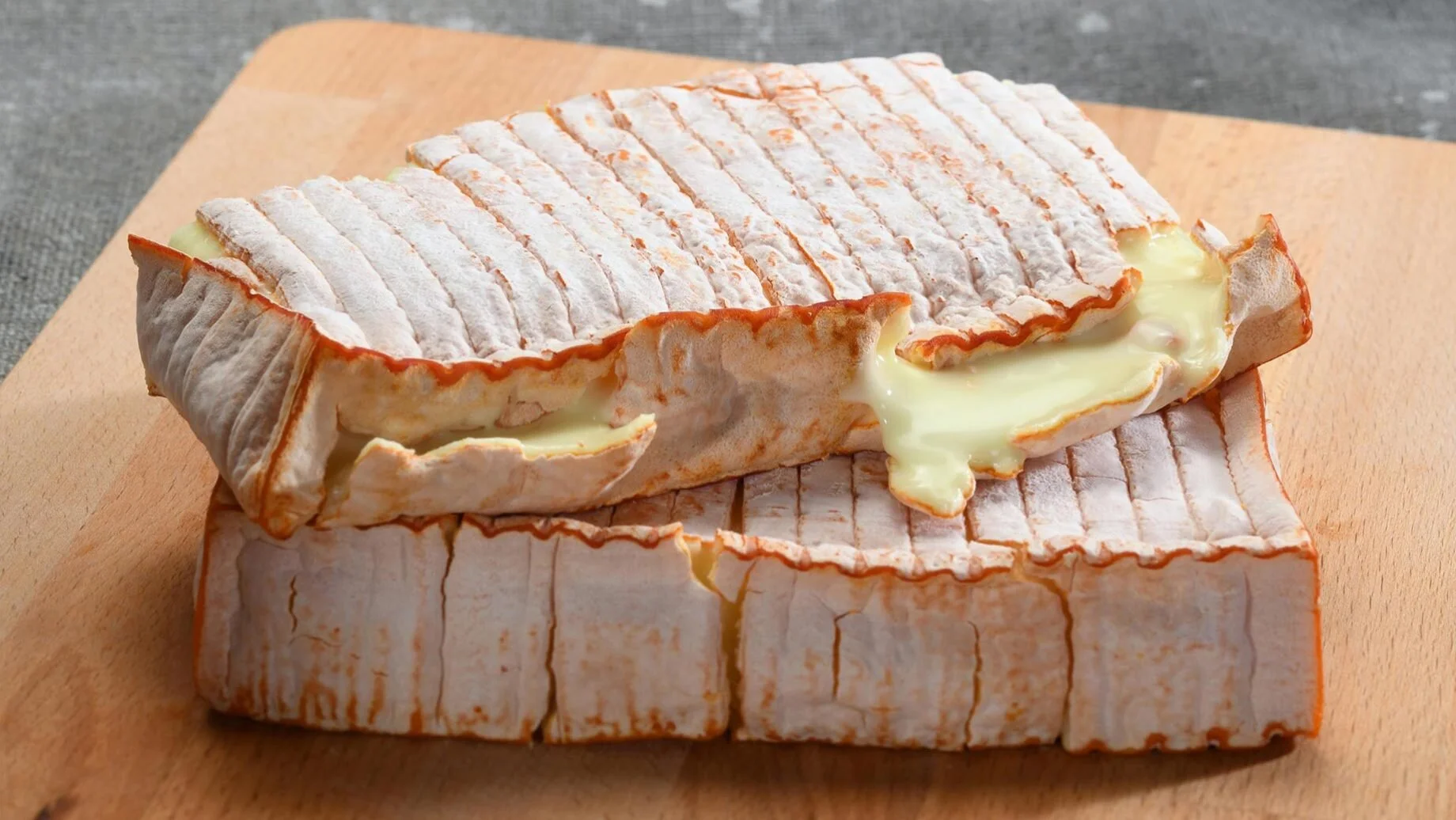Photo: quesoserena.com
World Cheese Encyclopaedia - Each Sunday
learn all about a new cheese.
This week La Serena from Spain.
Photo: quesoserena.com
Country: Spain 🇪🇸
Region: Extremadura
Made from: Sheep’s milk
Pasteurised: No
Texture: Soft, creamy, spreadable
Taste: Full-flavored, sharp
Certification: PDO
Aging: minimum of 60 days
Queso de La Serena, simply called La Serena, or sometimes Torta de la is a Spanish cheese made from Merino sheep's milk in the Extremaduran county of La Serena. The region has about 400,000 sheep in its pastures, the indigenous breed being Merino sheep. The cheeses and Tortas of La Serena are the only ones in Spain to be made solely with raw milk from Merino sheep flocks.
La Serena was awarded Protected Designation of Origin by the European Union in 1992. An authentic Queso de La Serena can be recognised by the stamp that is fire-branded on the bottom of the cheese as well as a numbered label. The food stamp is of the logo of the Protected Denomination of Origin and is only placed on cheeses that have been produced in line with the regulatory board’s controls.
These measures guarantee that the product is an authentic Queso de la Serena. The cheeses that have a hard or semi-hard consistency are called quesos while those that are soft or semi-soft are called tortas.
The cheese is made from raw full cream milk and vegetable rennet obtained from pistils of artichoke thistle. It takes the milk of 15 sheep to produce one kilogram of Queso de La Serena, as this breed only produces 0.35 litres of milk a day.
The raw Merino sheep’s milk is coagulated with natural plant rennet from the dried flowers of Cynara Cardunculus, known locally as Yerbacuajo. The pistils of these thistles are soaked in water for twelve hours in a cool, dark place. The amount of rennet to be added depends on the time of year and the desired level of creaminess.
The milk is then curdled at a low temperature, between 25 and 30ºC. Each piece is then individually salted manually by rubbing it with sea salt. Once this process is finished the cheese is cured for 60 days on wooden boards, placed inside aired chambers.
They are then turned and the bands tightened every day until they achieve the characteristic degree of creaminess and flavor. After 20 days, the cheeses have usually reached the stage where the paste becomes runny, almost liquid, so the cheeses have to be handled very carefully to avoid breaking the rind.
Photo: Foods and Wines from Spain
Once matured for at least 60 days, La Serena cheese has a waxy yellow rind and the imprints of esparto grass in which it is molded. Its flavour varies according to its age, ranging from buttery, not at all salty when it is young to more bitter and spicy when it is mature.
History
Cheese production in this region goes back so far that it is hard to establish the origin. It is known, however, that taxes were already being levied on cheeses in Serena in the Middle Ages. Apparently, a fall in the price of meat from Merino lambs and sheep caused the farmers to find alternatives and therefore shift their production towards the manufacture of cheeses. As a result, cheese production went from being a supplement to the family income to frequently being the farm's main source of income. This was how the Merino sheep became even more productive, providing not only meat and wool but also milk which led to this, and other, wonderful cheeses.
Photo: cellar tracker.com
How to Enjoy It
A fully matured La Serena is an amazing experience. It has a creamy, liquidy consistency that can be scooped out with a spoon after a circular “lid” is cut in the top of the cheese. The delicious and intense flavour goes very well with bread or toast.
The bold taste and aroma of La Serena pairs well with a big red Spanish wine from the region such as a Condado de Haza from the Ribera del Duero, made from 100% Tempranillo grapes. It also does well with earthier local wines such as Blecua from the Somontano DO which is a blend of Cabernet Sauvignon and Merlot together with Spanish native grape varieties Garnacha and Tempranillo.
Sources: Wikipedia, cheese.com, quesoserena.com, foodswinesfromspain.com, starchefs.com, cellartracker.com
Looking for a different cheese? Search the whole blog here:































